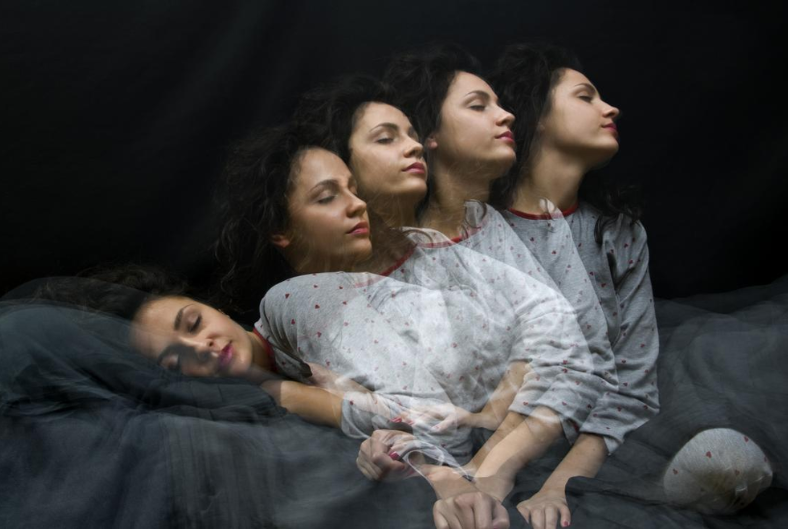The parasomnia known as rapid eye movement (REM) sleep behavior disorder (RBD) is characterized by dream-enactment actions that appear when REM sleep atonia is lost.
RBD dream enactment can take the form of gentle hand motions or aggressive thrashing, punching, and kicking. Patients frequently seek medical assistance because they fear that they or their bed partner may be subjected to harmful or potentially harmful activities.
The clinical characteristics, assessment, and treatment of RBD in adults will be discussed in this section. The treatment of adult parasomnias, including those characterized by aberrant movements and actions while sleeping, is covered individually.
Repercussions of REM disorder
Instead of suffering the typical brief paralysis of your arms and legs (atonia) during REM sleep, people with REM sleep behavior disorder physically act out their dreams.
The start can be slow or abrupt, and episodes can happen infrequently or repeatedly throughout the night. With time, the problem frequently gets worse.
REM sleep behavior disorder symptoms could include:
- Movement in response to an action, such as hitting, kicking, flailing the arms, or leaping out of bed
- Dreams that are packed with terror or violence, such being pursued or fending off an attack.
- Talking, laughing, shouting, sobbing, or even cursing are examples of sounds.
- Remembering the dream if you awaken in the middle of the episode.
Causes of REM
RBD may develop as a result of using some antidepressants.
RBD’s precise cause is unknown.
Drug withdrawal or side effects of certain drugs can sometimes cause RBD. Alcohol addicts who abruptly discontinue drinking alcohol risk developing REM sleep disorders.
According to studies, up to 6% of antidepressant users may experience RBD.
RBD has been associated with PTSD, and those who have recently suffered trauma may also struggle with this sleep problem.
Diagnosis for REM sleep disorder
A person with RBD symptoms should be examined by experts at a specialized sleep facility with experience treating parasomnias for an appropriate diagnosis.
To check for RBD or other sleep disorders including sleep apnea, the doctor may perform a sleep study. The subject will spend the entire night at a specialized facility during sleep research.
The medical staff will keep an eye on muscle movement, brain activity, and breathing and sleep patterns. An expert facility can determine whether there is no muscular paralysis during REM.
The evaluation will also rule out any more potential causes or parasomnia.
Treatment for RBD
RBD treatments are typically effective. Adopting new sleep patterns and using prescription medications are frequently used to treat the issue.
Medication
Depending on the symptoms present, many drugs have been useful in cases of RBD.
About 90% of patients with RBD can benefit from low dosages of the benzodiazepine medication clonazepam. These medications slow down muscle movement and help the body unwind before bed.
In the event that clonazepam is ineffective, several antidepressants or melatonin may be able to reduce violent behavior while you sleep.
When using clonazepam, people with dementia, gait issues, and obstructive sleep apnea should exercise caution. Always heed the advice of a medical professional.
Modifications in lifestyle
A consistent sleep-wake cycle to prevent sleep deprivation and abstaining from alcohol are a couple of ways to improve sleep patterns in people with RBD.
The following methods can assist in ensuring the security of both the afflicted person and their bed partner:
- Use a mattress on the floor, surround the bed with pillows, or lean it up against a wall.
- Think about adding padded bed rails.
- If possible, the person with RBD should sleep on the ground floor if they are awake at night.
- Keep sharp objects and furnishings away from the bed.
- Take away anything that can be dangerous from space.
- Get the bed out of the way of the window.
- Until the symptoms of RBD are under control, bed partners should sleep in different beds or rooms.
Additionally, regular follow-up tests for Parkinson’s disease should be performed on the RBD patient.
Final Thoughts
RBD is a condition where REM sleep does not completely stop muscle action, causing a person to start “acting out” their dreams.
This frequently devolves into violence and may include punching and yelling. When asleep, a person with RBD may leap out of bed or move around.
The condition should be detectable by a specialized sleep facility. Medication and lifestyle changes are part of the treatment to lower the chance of accidents occurring while you sleep.
Although the symptoms of the disorder may scare the person who has it, depending on any underlying conditions, they are controllable.
And if you seek further assistance.
We are prepared to help.
Reach out to us today.
Suave Concierge believes that the only way to get the desired results is to create the best possible connection between the patient and the doctor.

